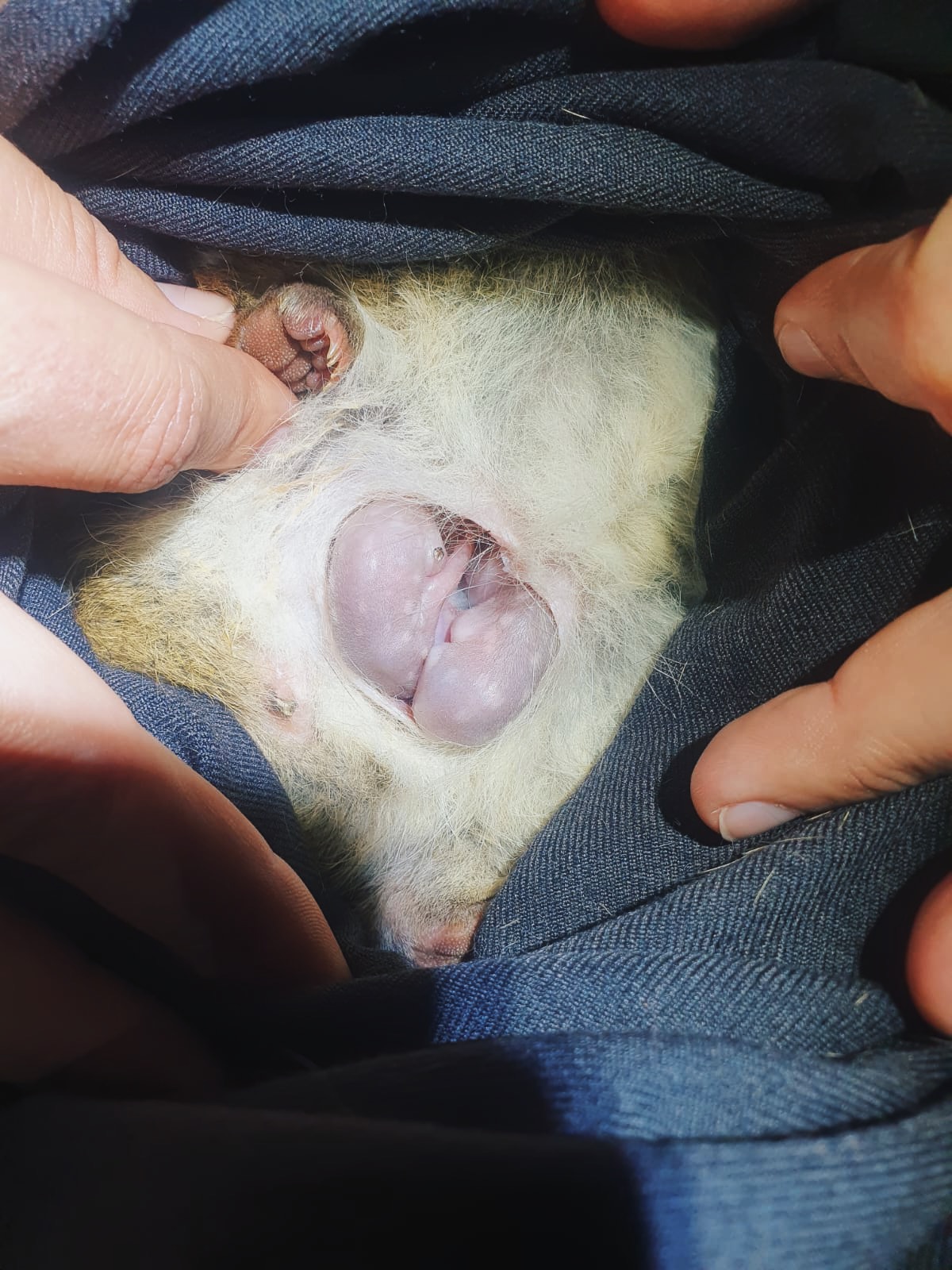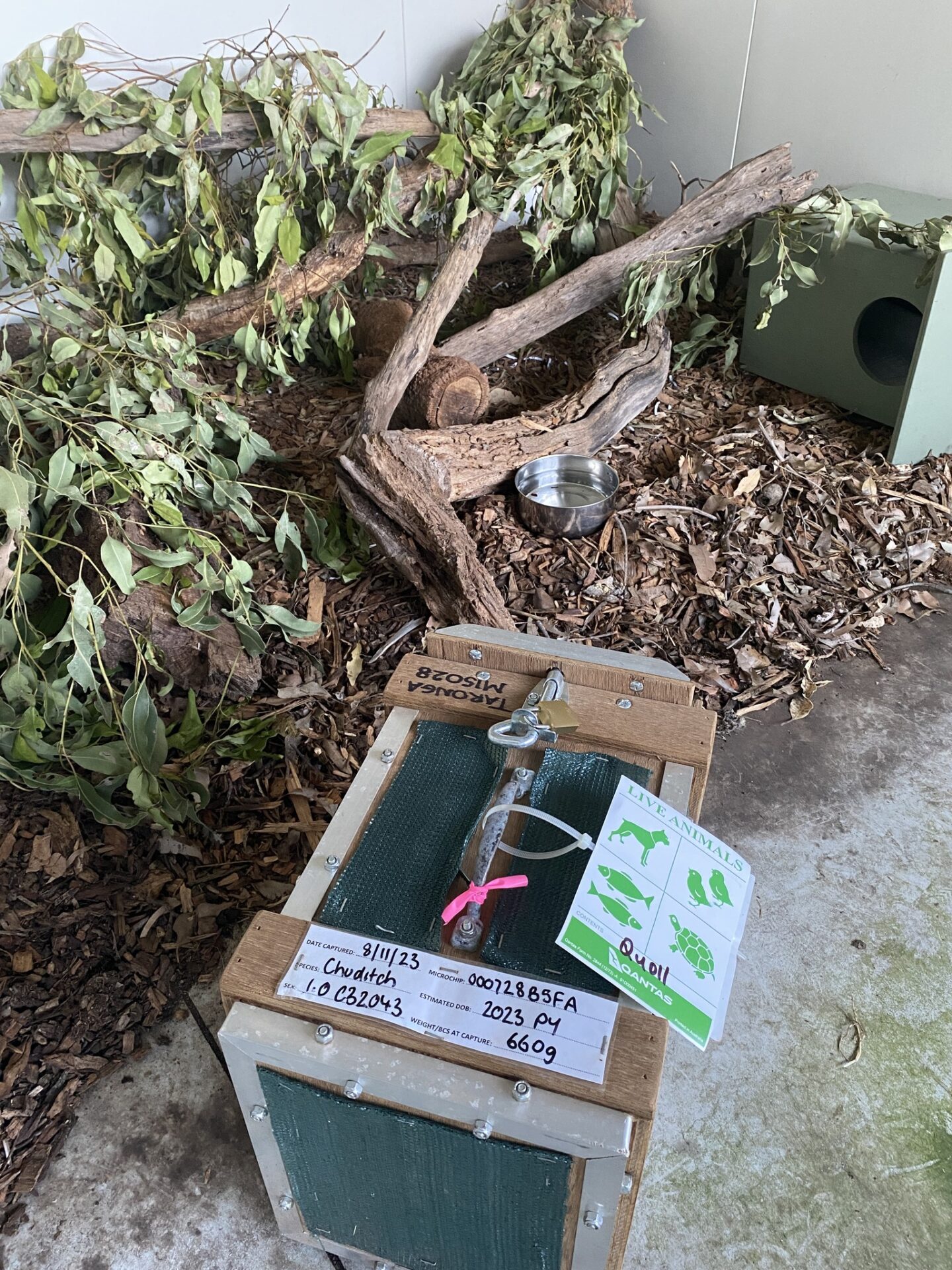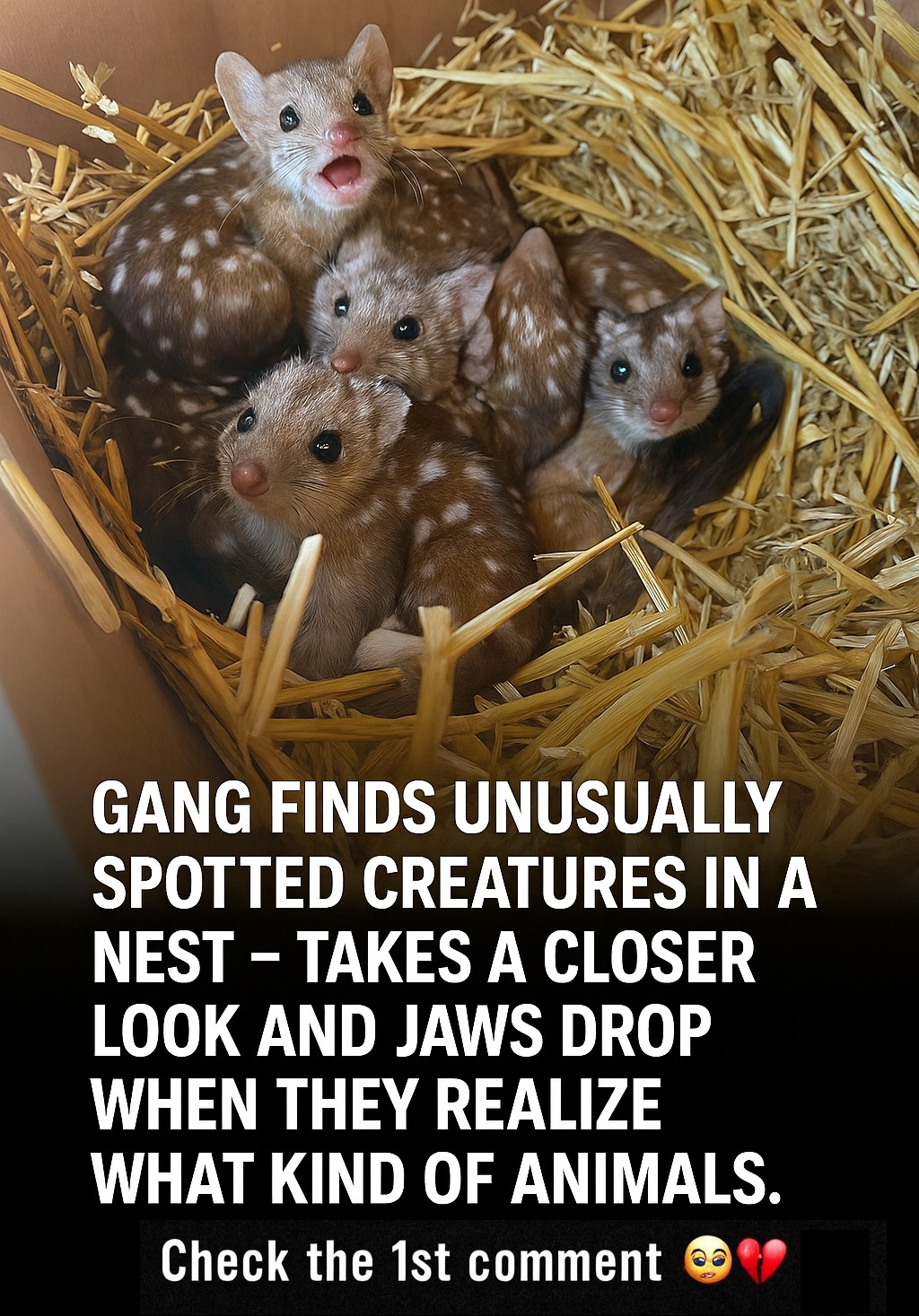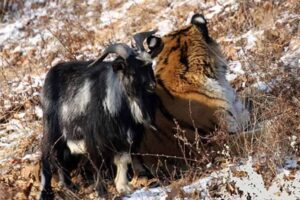In a surprising turn of events, a group of researchers in Australia made an incredible discovery that is now raising hopes for the future of a species once thought to be on the brink of extinction. While conducting research at the Mt Gibson Wildlife Sanctuary, the team stumbled upon a nest filled with newborn creatures covered in spiky fur. Upon closer inspection, they were astonished to learn that these creatures were none other than western quolls, a species of marsupial carnivores.
Once scattered across Australia, the western quoll’s population significantly declined after European settlement. Today, these small carnivorous marsupials, also known as chuditchs, are only found in the southwestern corner of the country. Their numbers are minimal, confined to small clusters, but this recent discovery marks a significant turning point in the species’ recovery.
What Are Western Quolls?
Western quolls are roughly the size of a cat and play a crucial role in the ecosystem. These animals help maintain balance by controlling populations of smaller invertebrates, reptiles, and certain bird species. As a result, their presence in the wild is vital to preserving a healthy and functioning ecosystem.
However, after centuries of habitat loss and the introduction of non-native predators, western quolls became extinct in several regions, including areas where the Mt Gibson Wildlife Sanctuary is located. Despite this, efforts have been underway to reintroduce the species to these areas, and the recent birth of baby quolls offers a glimmer of hope.

The Reintroduction Success
Over the past few months, researchers and conservationists have been working diligently to reintroduce western quolls to the Mt Gibson Wildlife Sanctuary, an area where they had previously been extinct. Through careful monitoring, researchers have ensured that the sanctuary’s environment is conducive to the survival and reproduction of the quolls.
The discovery of newborn quolls is a clear sign that these efforts are paying off. According to Georgina Anderson, the Senior Field Ecologist at AWC, the presence of pouch young is an encouraging indicator that the animals are thriving and adapting well to their new environment.

A Promising Future for Western Quolls
One of the quolls, affectionately named Aang, has become a favorite subject for researchers. Known for his distinctive size and personality, Aang has become a regular on the camera traps set up around the sanctuary. He is often seen making his rounds at multiple release sites, collecting food and even disrupting bait canisters. His antics, while mischievous, signal a healthy and active animal population that is beginning to flourish in its restored habitat.
The return of the western quoll to Mt Gibson is more than just a success story for this species. It provides hope that, with the right conservation efforts, other endangered species can also be brought back from the brink of extinction. The successful birth of the quoll babies signifies that there is a future for these incredible creatures and that the work of conservationists is truly making a difference.
The next few years will be crucial as researchers continue their monitoring efforts and expand their reintroduction programs. With the continued success at Mt Gibson, the hope is that the western quoll will one day thrive throughout Australia once again.
If you’re interested in learning more about heartwarming and inspiring animal recovery stories, be sure to check out the full articles on these remarkable journeys:



